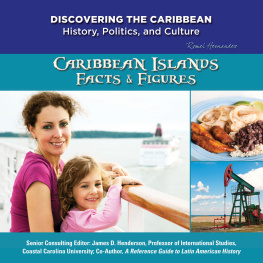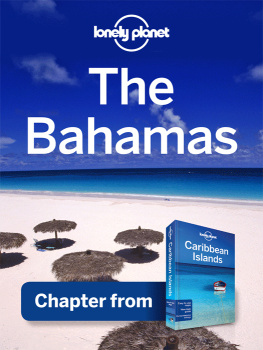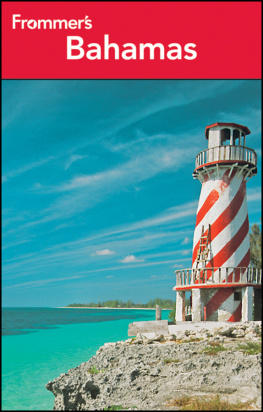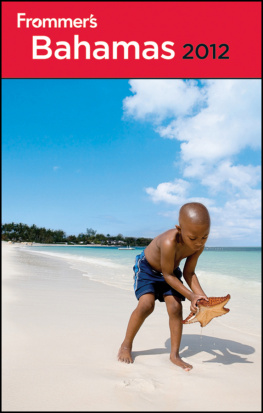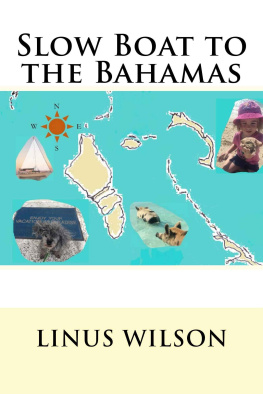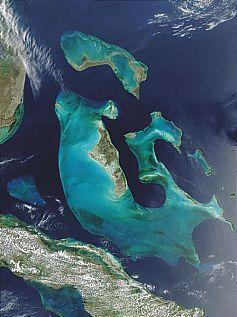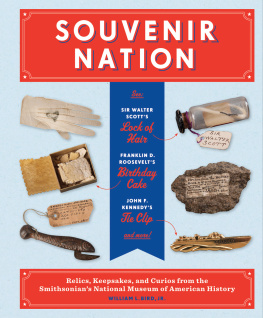
For Steph,
who welcomed me into her life, her family and her history.
Copyright 2015 by Allan G. Murray
Murray, Allan G.
Bahamian History The Colourful History of The Bahamas - A Souvenir Guide for Visitors / by Allan G. Murray
The College of The Bahamas Libraries and Instructional Media Services
Cataloguing-in-Publication Data
Murray, Allan G.
The colourful history of The Bahamas : a souvenir guide for visitors / by Allan G. Murray.
p. cm.
ISBN 978-976-8231-49-9
ISBN 978-976-8231-91-8 (ebook)
Bahamas - History - Guidebooks.
F1656 .M87 2015
Pre-press and publication by Media Enterprises Ltd.
31 Shirley Park Avenue | P.O. Box N-9240 | Nassau, Bahamas
Telephone: 242-325-8210 | Fax: 242-325-8065
Email:

WELCOME TO THE BAHAMAS
W e trust your visit will be a memorable one. We hope you take every opportunity to experience the most this beautiful country has to offer. This can be found not only in the cities of Nassau or Freeport, but also in the many Out Islands of The Bahamas.
Over hundreds of years, many different kinds of people have visited The Bahamas. They came from different places and for different reasons. This little book offers a guide to the colourful history of the islands through the experiences of many who came to visit in the past. We trust it will add to your enjoyment.
Singing and dancing, with plenty of cassava beer!

A mong the first visitors to The Bahamas were members of an Arawak-speaking tribe. They were called Lucayans.
These Stone Age fishermen and farmers began arriving by sea from modern-day Cuba and Haiti around 1000 AD. About this time, European civilization was in its Middle Ages, and the Viking Leif Eriksson had landed in what he called Vinland, modern Newfoundland.

No-one really knows what the Amerindians looked like. But here are two depictions, one from the 18th century (on the left) and the other from the 20th century (up above). Below is a 16th century print showing a Carib encampment.

Arawaks lived in fear of fierce warriors of the Carib tribe who were known to torture, and reputed to eat, their captives. For this reason they had been steadily migrating northward to the larger islands of the Caribbean from their ancestral home in Venezuela. Some stayed in Puerto Rico to fight back; others went as far away as possible to The Bahamas.
Primitive they may have been, but Lucayans were skilled at weaving comfortable hammocks, constructing sturdy houses and furniture, making swift canoes by using burning coals. They also had fun. Any special event was cause for celebration. They enjoyed ball games, singing and dancing, with plenty of cassava beer!
These island people as they called themselves, lived peacefully in The Bahamas for generations. Sadly, however, scarcely a trace of them remains to be seen.
Recently, an ancient canoe was found preserved in a blue hole on the island of Andros. From sophisticated underwater exploration to simple snorkeling, The Bahamas offers some of the finest waters in the world.




A desperate gamble and an enormous error...
T he first recorded and best known visitor to The Bahamas was Christopher Columbus.

The Middle Ages gave way to the Renaissance; European horizons were expanding. A race began to find a safe sea route to trade with India and China. By 1488, the Portuguese were in the lead, steadily sailing round Africa, heading east. Then Spanish Queen Isabella heard of a crackpot scheme to reach India first by sailing into uncharted waters, heading west!
The queens desperate gamble, and an enormous error by Columbus, placed The Bahamas at the forefront of world history. On 12th October 1492, at a beach on San Salvador, the explorers came face to face for the first time with friendly people from a whole new world.
The first sailboats to venture into Bahamian waters were the Pinta, the Santa Maria, and Columbus favourite, the Nina.

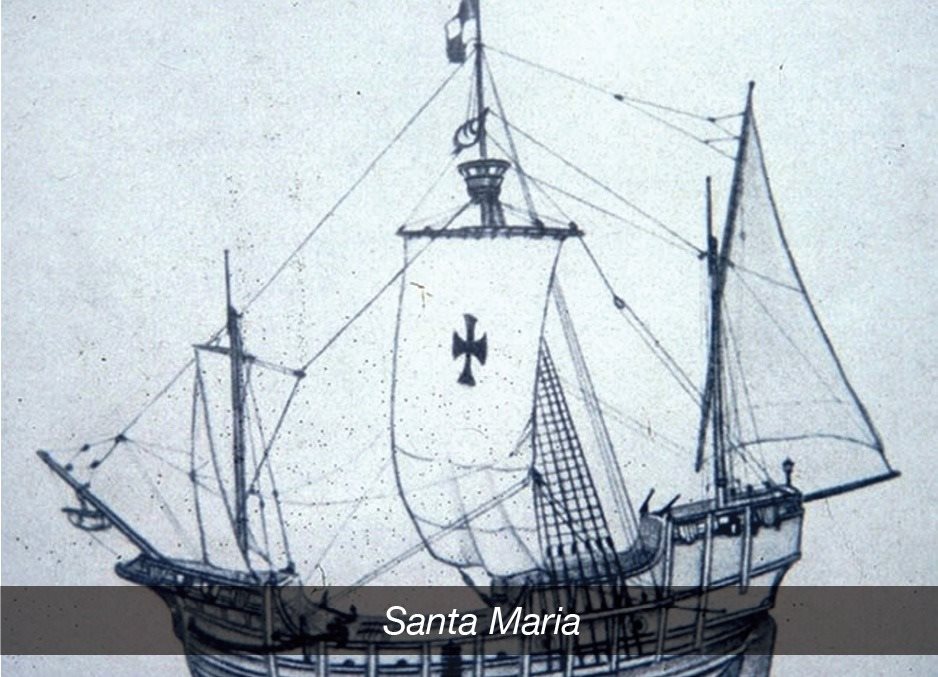
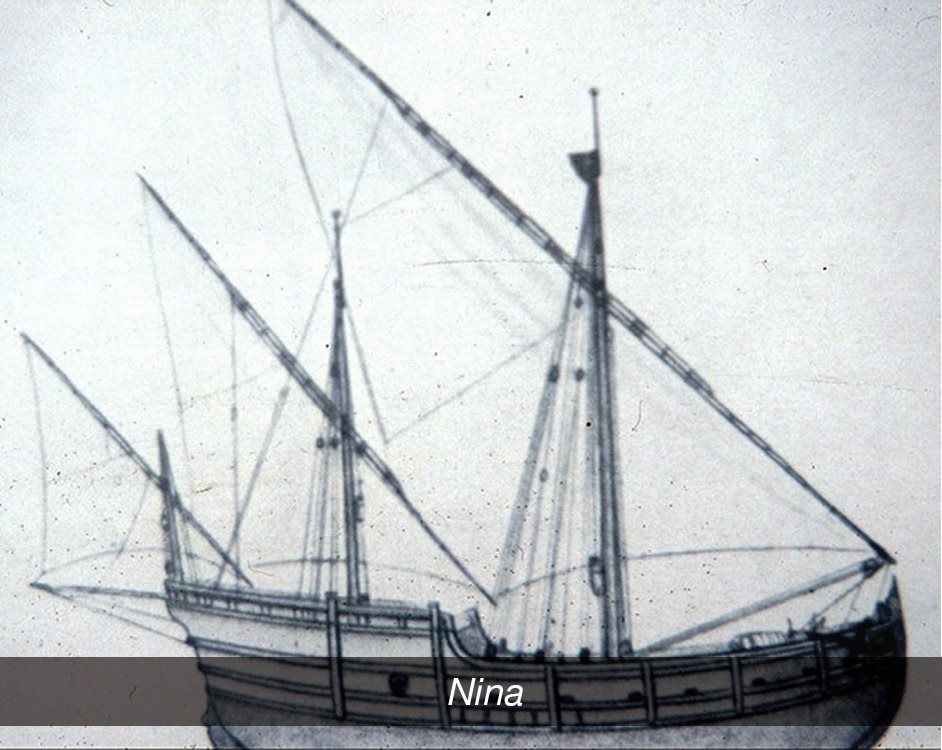

The visitors sailed on to Rum Cay, Long Island and Crooked Island. The sights were strange - exotic plants and birds, an iguana, and natives smoking tobacco! No doubt Spanish crewmen were happy to have survived the dangerous voyage and landed in this paradise. Columbus was disappointed; this was not what he was looking for in the Indies no spices, no gold, no precious stones.
He left The Bahamas after only two weeks and never came back.
Visiting sailors might enjoy an adventure in the wake of the Great Explorer. However, finding the exact location of the first landfall will be a problem; even today it is an issue of heated debate, among experts and islanders alike.
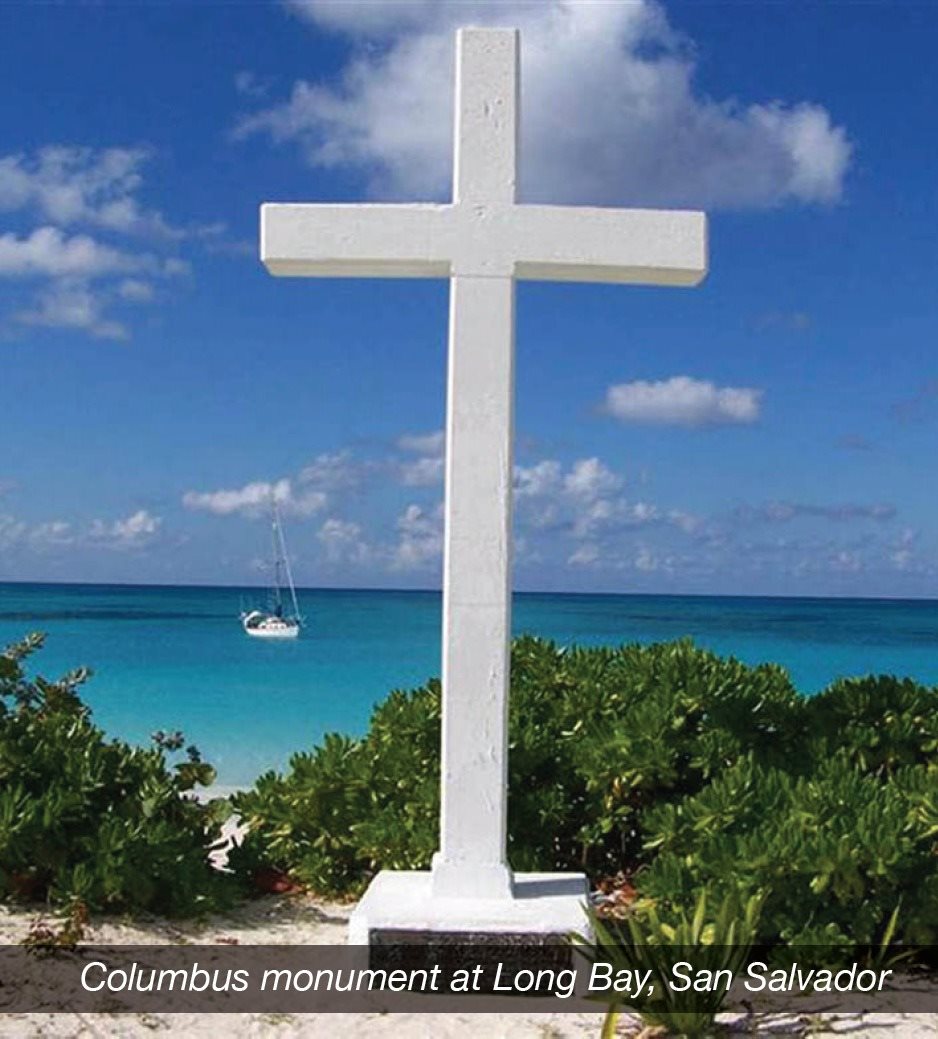
They found only 13 Lucayans still living.

S paniards who visited The Bahamas in the years following their discovery were not nearly as friendly with the natives. They were in fact conquistadors, ruthless veterans of Spains wars with the Moslems, who were determined to make their fortunes by any means necessary.


